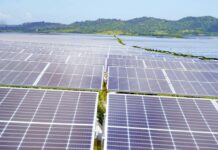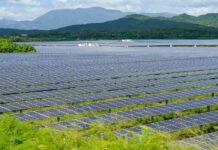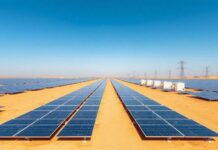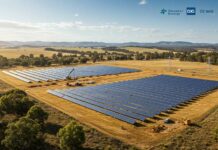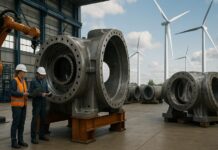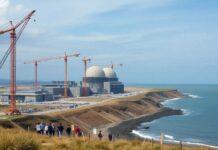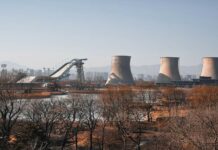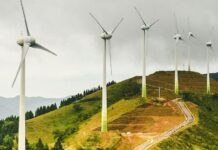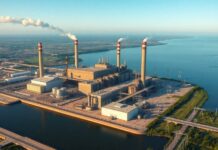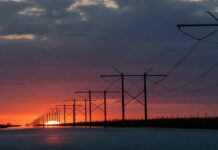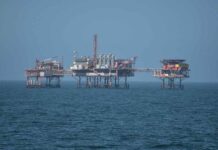In the wake of a slew of coal-fired plant outages, Australia’s energy market administrator took the unprecedented step of suspending the power spot market across eastern Australia on 15th June 22.
Despite the extraordinary step, the market operator warned that power supplies remained constrained and advised families in New South Wales, the country’s most populous state, to conserve electricity, its first official request since the country’s power crisis unfolded in May. This drastic move occurred after the operator froze wholesale prices at the start of the week, i.e., on June 13th, as mandated when they exceeded a certain threshold, prompting some generators to stop supplying power since the restricted price of A$300 per megawatt hour (MWh) was insufficient to cover their costs. To avoid blackouts in New South Wales and Queensland, the market operator ordered generators to furnish 5 gigawatts (GW) of power, that they had supplied to the market on 14th June.
During the market interruption, the market operator claimed it will set the prices and compensate generators for their expenses. The circumstances in recent days has caused challenges to the whole energy business, AEMO chief executive Daniel Westerman said in a statement. Waiving the market would ease operations during the severe disruptions across the energy supply chain.
The move was applauded by the Australian government.
This is the best approach to ensure the lights stay on, energy minister Chris Bowen said in a twitter message. AEMO has the government’s complete backing in taking this move is what the post said. In light of the price caps, unforeseen outages, and coal and gas supply issues, Westerman said it was natural that generators had held back output, but having to command generators to produce supply had made it nearly impossible to sustain normal market operations. The operator would have clear visibility into which units are available and when in a timely manner if it took control of the market, allowing it to ensure reliable supply.
Despite this, conditions are expected to stay tight in the coming days, particularly in New South Wales, where they would encourage consumers to conserve energy when it is safe to do so, Westerman said in a televised press conference.
Many variables, including scheduled and unplanned outages at numerous coal-fired facilities, times of low wind and solar production, a deep freeze, and near-record global coal and gas prices, have added to Australia’s increasing electricity and gas prices during the past three weeks.
Coal-fired power stations typically generate roughly 65% of eastern Australia’s electricity, but more than a quarter of that output is inaccessible. To compensate, the market has forced to rely on additional gas- and diesel-fired production at a time when gas and diesel costs have risen dramatically.
People are living in extremely difficult times. Anyone can see that the market is currently unable to deal with all of the forces that have been thrown at it. Those factors are, to be honest, pretty extreme, according to Westerman. AGL Energy and Origin Energy, Australia’s two largest power producers, said they were collaborating with the market operator to maintain consistent supply.
Origin’s chief of operations, Greg Jarvis, said they feel there has to be an urgent focus on how to bring as much electricity capacity into the market quickly, including resolving coal supply and transport bottlenecks to a number of plants.



